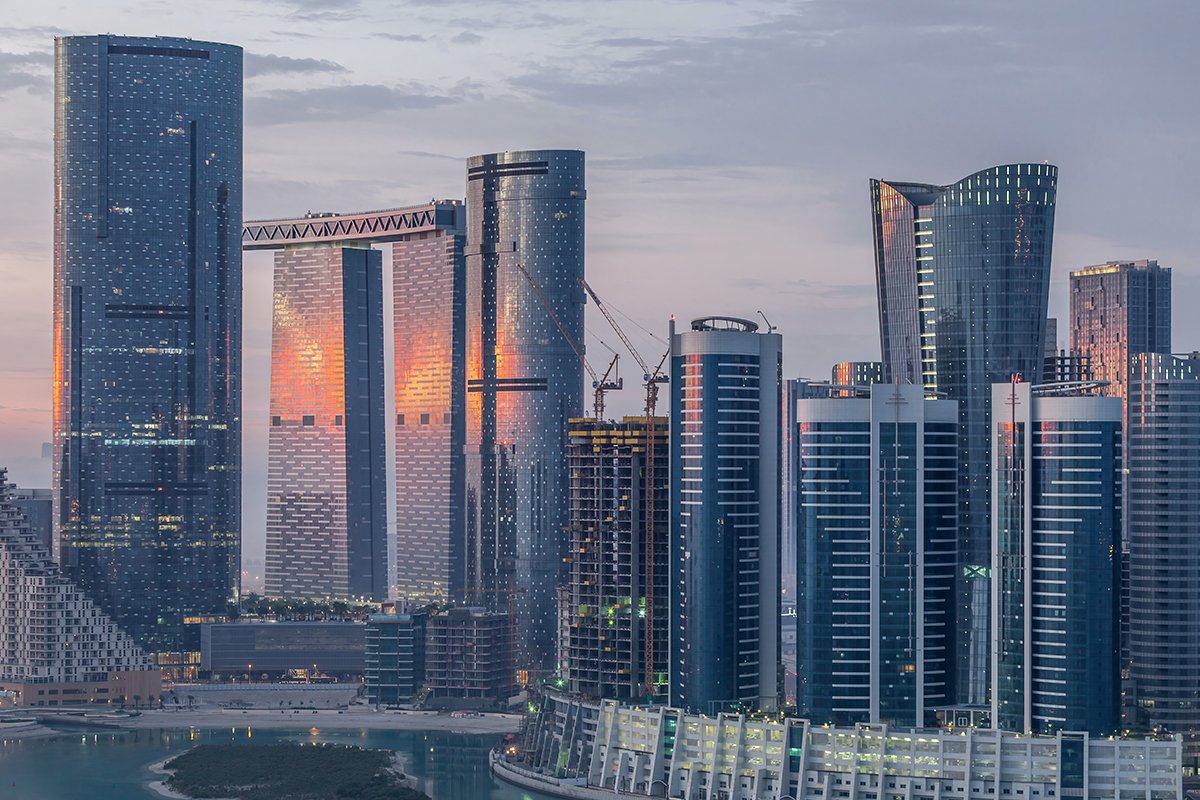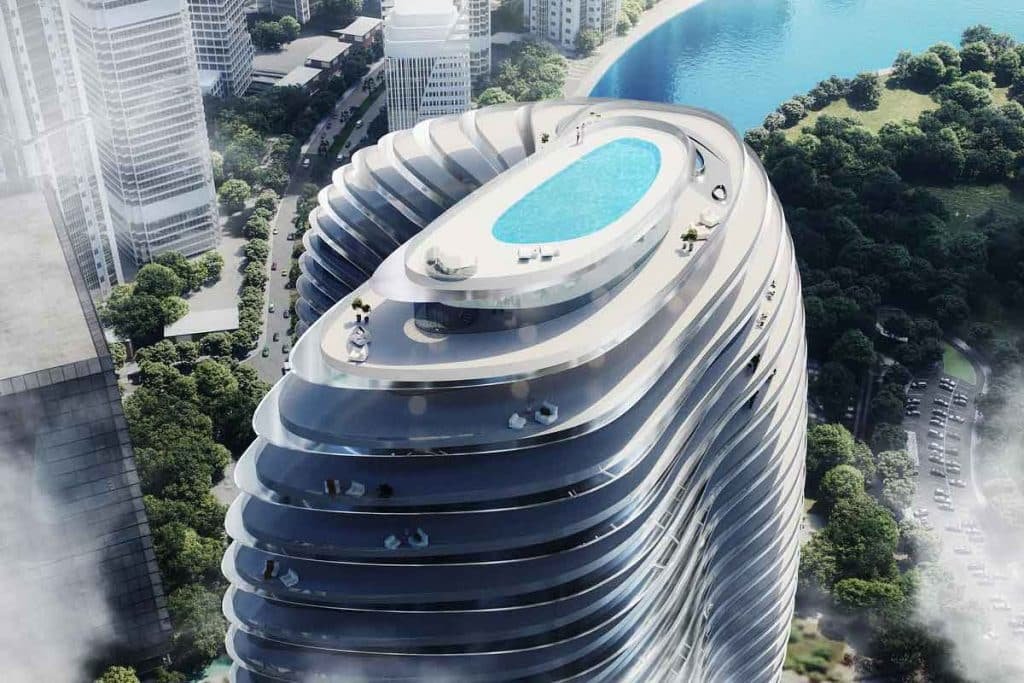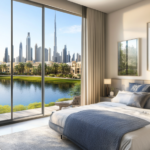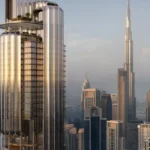Now Reading: Dubai Prime Residential Growth Leads Global Market 2025
-
01
Dubai Prime Residential Growth Leads Global Market 2025
Dubai Prime Residential Growth Leads Global Market 2025
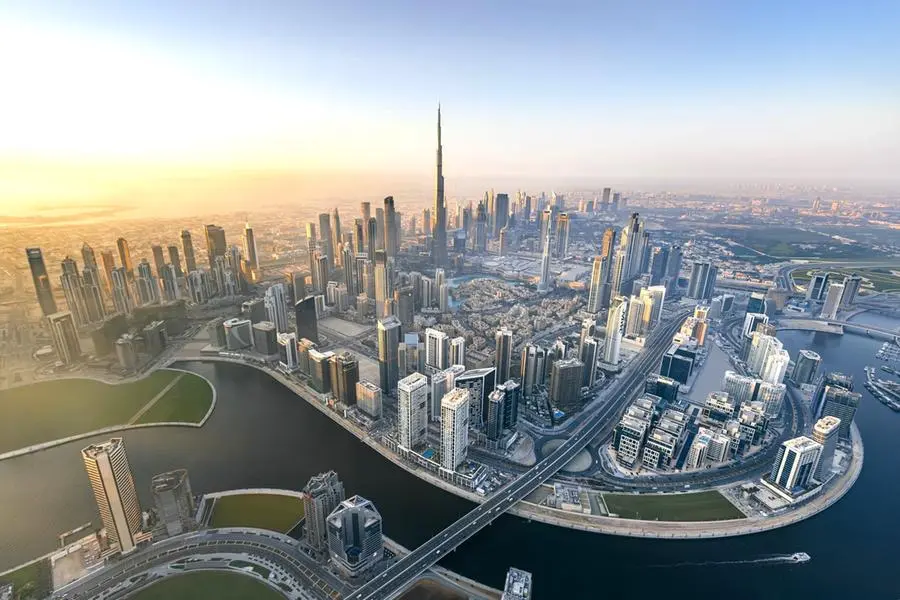
Dubai prime residential growth is at the center of global real estate conversations in 2025. Analysts project that the city will outperform other international property markets, attracting both investors and end-users who are looking for strong returns, luxury living, and long-term stability. With Dubai set to lead global prime residential growth this year, many are asking: Is now the right time to buy?
Why Dubai Prime Residential Growth is Outperforming Globally
The rise of Dubai’s real estate market is not a new story, but its consistent ability to bounce back and outperform global peers is what makes it unique. Prime residential properties—defined as high-end luxury homes located in prestigious areas—have become a hot commodity. Industry reports suggest Dubai will record the highest growth rates globally in this segment throughout 2025, surpassing markets like London, New York, and Hong Kong.
The city offers buyers a mix of competitive pricing compared to other global hubs, tax-friendly regulations, and unmatched lifestyle benefits. While international cities face slower growth due to high interest rates and economic uncertainty, Dubai has positioned itself as a safe haven for capital.
Strong Investor Demand Driving the Surge
Dubai prime residential growth is largely driven by strong investor appetite. High-net-worth individuals (HNWIs) from Europe, Asia, and the Middle East are flocking to Dubai to diversify their portfolios. Many are drawn to iconic developments such as Palm Jumeirah, Downtown Dubai, and Emirates Hills, where luxury villas and branded residences are achieving record-breaking sales.
Investors are motivated not only by potential capital appreciation but also by rental yields. While global luxury real estate typically provides modest yields, Dubai offers attractive returns averaging between 5% and 7% in the prime segment. This makes it one of the most profitable luxury property markets worldwide.
Government Policies Supporting Growth
Another major factor behind Dubai prime residential growth is government policy. Visa reforms, residency permits tied to property investment, and freehold ownership opportunities for foreigners have boosted market confidence. Initiatives such as the Golden Visa program have made Dubai especially appealing to international investors seeking long-term residency along with asset security.
At the same time, strict regulations around escrow accounts, construction quality, and developer accountability ensure that the market remains transparent and reliable. These efforts help to maintain investor trust and attract continuous capital inflows.
Lifestyle and Luxury as Core Drivers
Beyond financial incentives, Dubai’s lifestyle continues to attract global buyers. Prime residential areas are not just about high-end homes but also about unmatched amenities—luxury marinas, private beaches, world-class golf courses, and proximity to Michelin-starred dining and designer shopping districts.
The launch of branded residences—such as Bugatti Residences, Armani Beach Residences, and Ritz-Carlton Residences—has transformed the luxury real estate landscape. These developments combine exclusive design with international branding, giving buyers more than a home: they offer a statement of lifestyle and status.
Market Performance in H1 2025
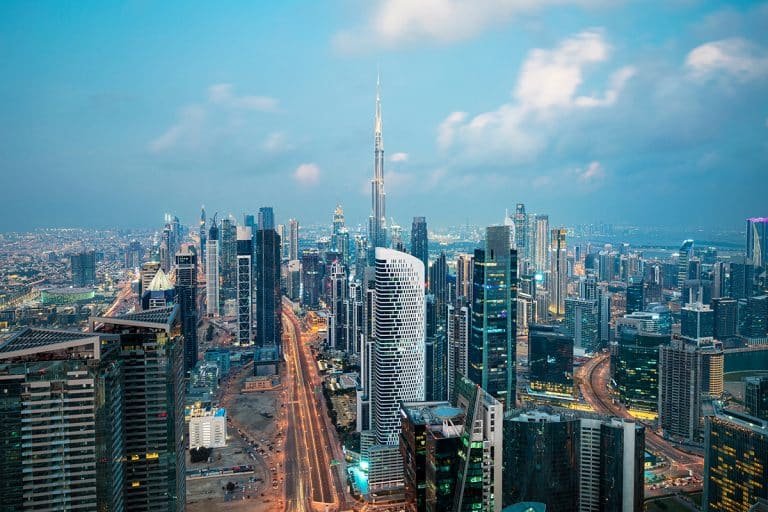
Data from the first half of 2025 shows record-breaking momentum in Dubai prime residential growth. Transaction volumes for luxury villas and penthouses surged, with some properties selling within days of being listed. Prices in areas such as Palm Jumeirah and Jumeirah Bay Island recorded double-digit appreciation, proving that demand continues to outpace supply.
While supply in the overall real estate market is expected to grow significantly in the coming years, prime residential units remain limited due to land constraints and exclusivity. This scarcity supports price resilience and further drives investor interest.
Comparison with Global Markets
When compared to global peers, Dubai prime residential growth stands out for several reasons:
- Pricing Advantage: Luxury properties in Dubai are still more affordable than those in London, New York, or Paris. Buyers can acquire a spacious beachfront villa in Dubai for the price of a small apartment in Manhattan.
- High Yields: Dubai prime properties deliver higher rental yields compared to most luxury markets worldwide.
- Tax Benefits: With no property tax or capital gains tax, investors enjoy greater net returns.
- Stability: While global economies face turbulence, Dubai continues to benefit from a diversified economy and strong government support.
Risks and Considerations for Buyers
Despite the optimism, potential buyers must consider risks. Rapid price growth raises concerns about sustainability, and global economic pressures could slow demand in the future. Moreover, off-plan developments, while promising, carry risks if developers fail to deliver on time.
However, Dubai’s regulatory framework, transparency, and history of resilience provide reassurance that the market is positioned for sustainable long-term growth rather than short-lived speculation.
Is It the Right Time to Buy?
For those asking whether now is the right time to enter the market, the answer depends on objectives. End-users who want to secure a luxury home for personal use are encouraged to act sooner rather than later, as prices in the prime segment are expected to continue rising in 2025.
For investors, Dubai offers a unique balance of affordability, high yields, and appreciation potential. Strategic buying in prime areas ensures strong long-term returns. The city’s position as a global hub makes it a safe and lucrative option for those diversifying their real estate portfolios.
Outlook for 2025 and Beyond
Dubai prime residential growth is expected to remain strong through the rest of 2025 and beyond. The market benefits from a young population, ongoing infrastructure projects, and strong tourism recovery. Demand from global investors is unlikely to slow down, especially as geopolitical uncertainties drive capital toward stable and tax-efficient markets.
With global recognition, strategic government policies, and increasing investor trust, Dubai is not only leading prime residential growth today but also shaping the future of global luxury real estate.
Conclusion
Dubai prime residential growth is set to lead the world in 2025, driven by strong investor demand, lifestyle advantages, and government support. The city’s unique combination of affordability, luxury, and long-term stability makes it a standout destination for real estate buyers. For those considering whether to enter the market, the momentum suggests that waiting could mean missing out on one of the strongest property cycles in the world today.
o follow us : Instagram
Read More-Abu Dhabi Real Estate Market Proves Strong and Resilient



